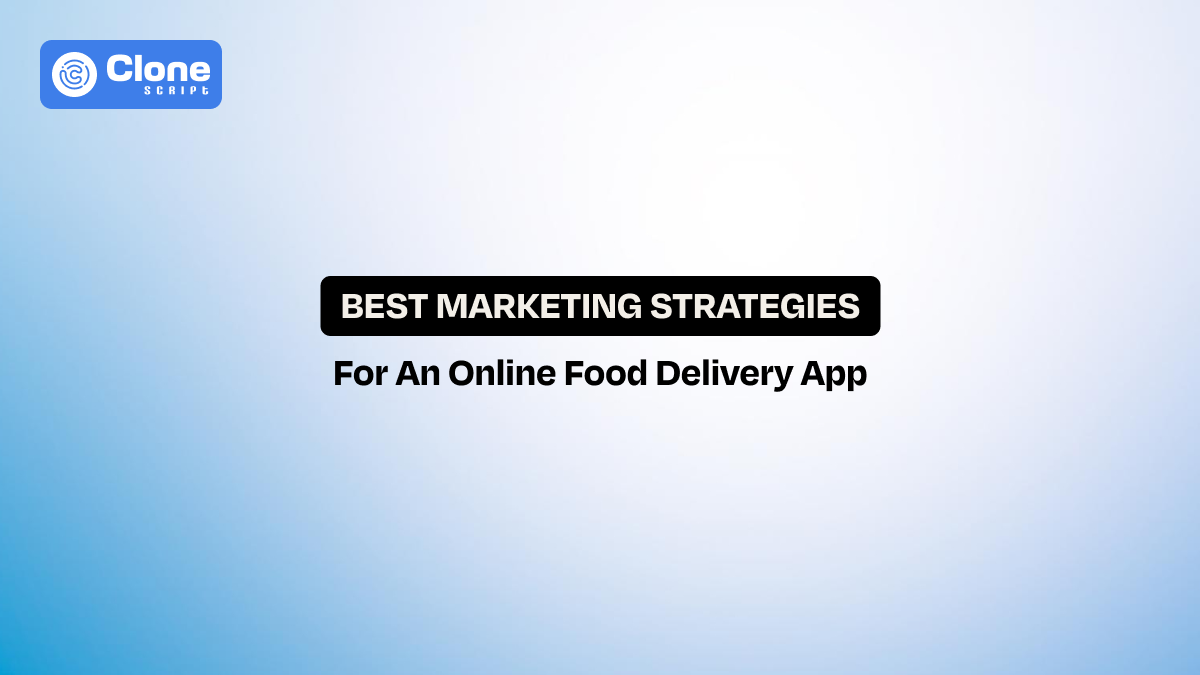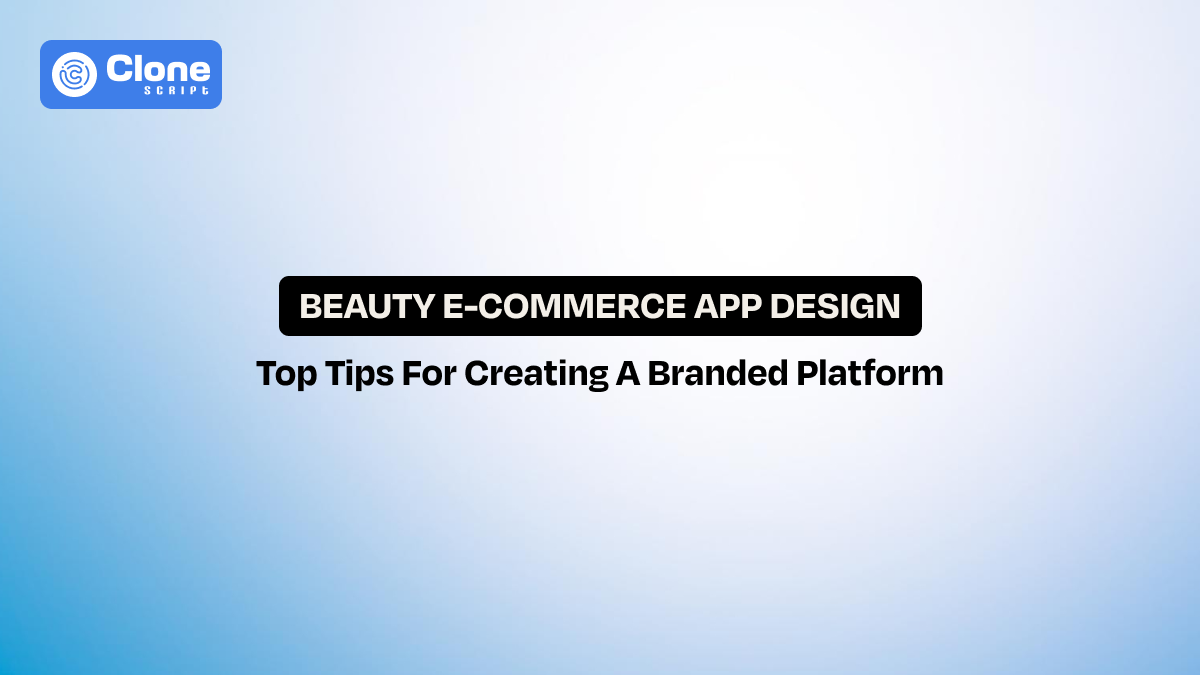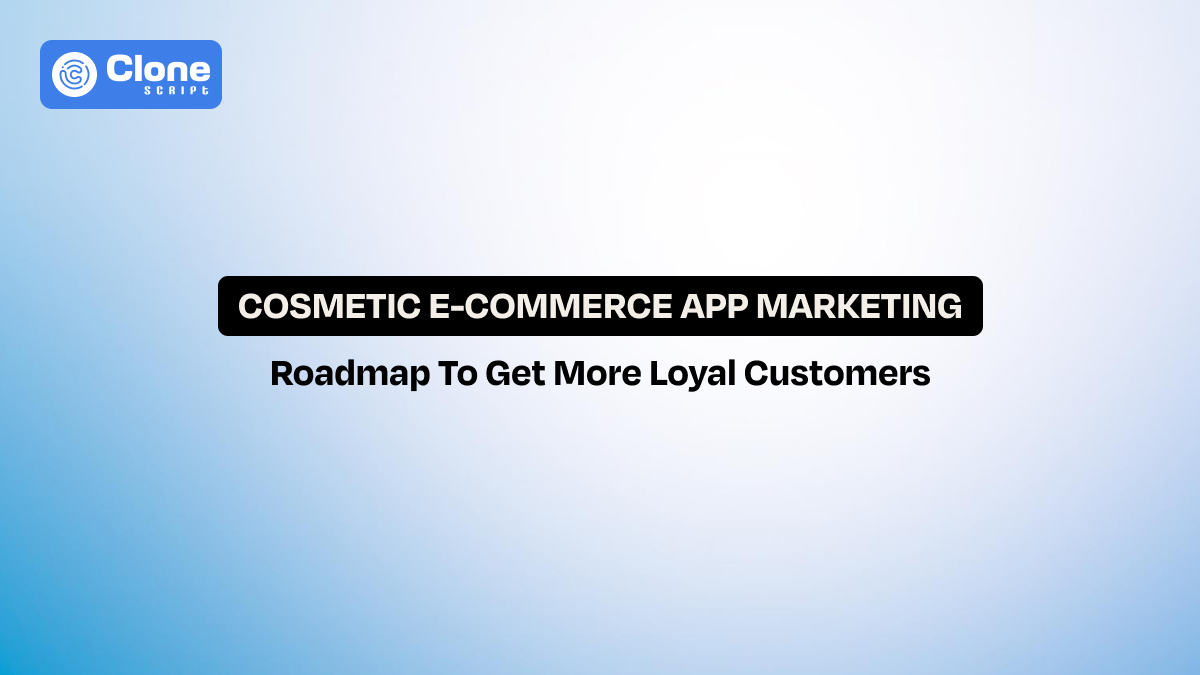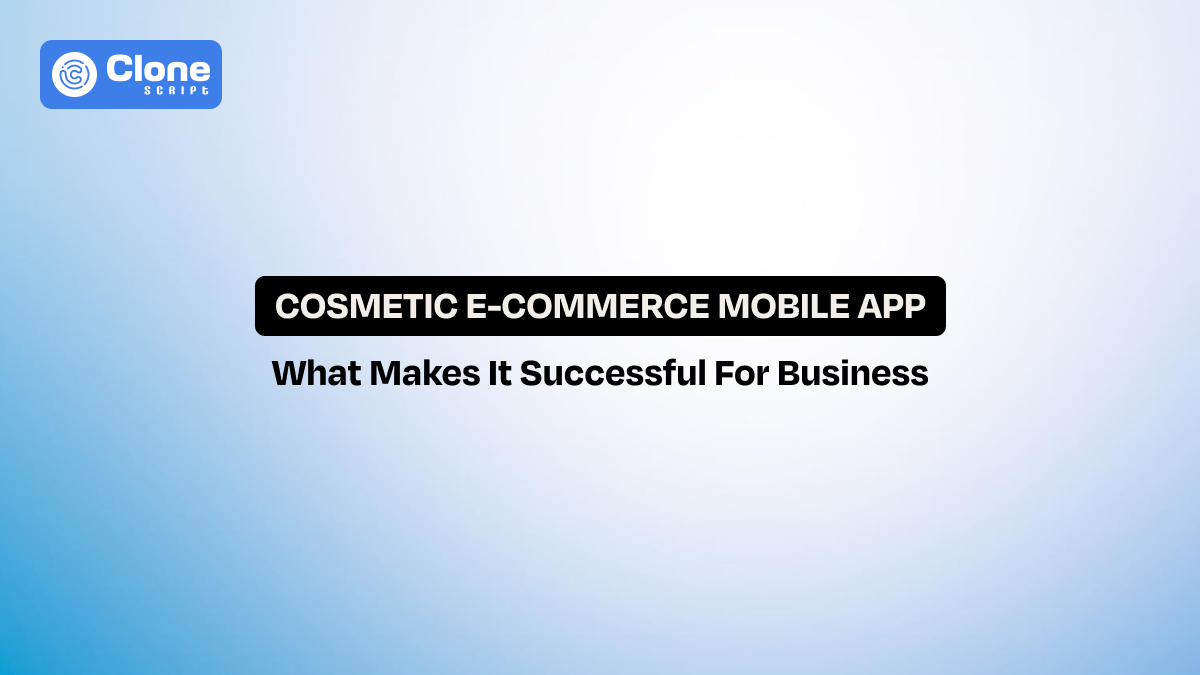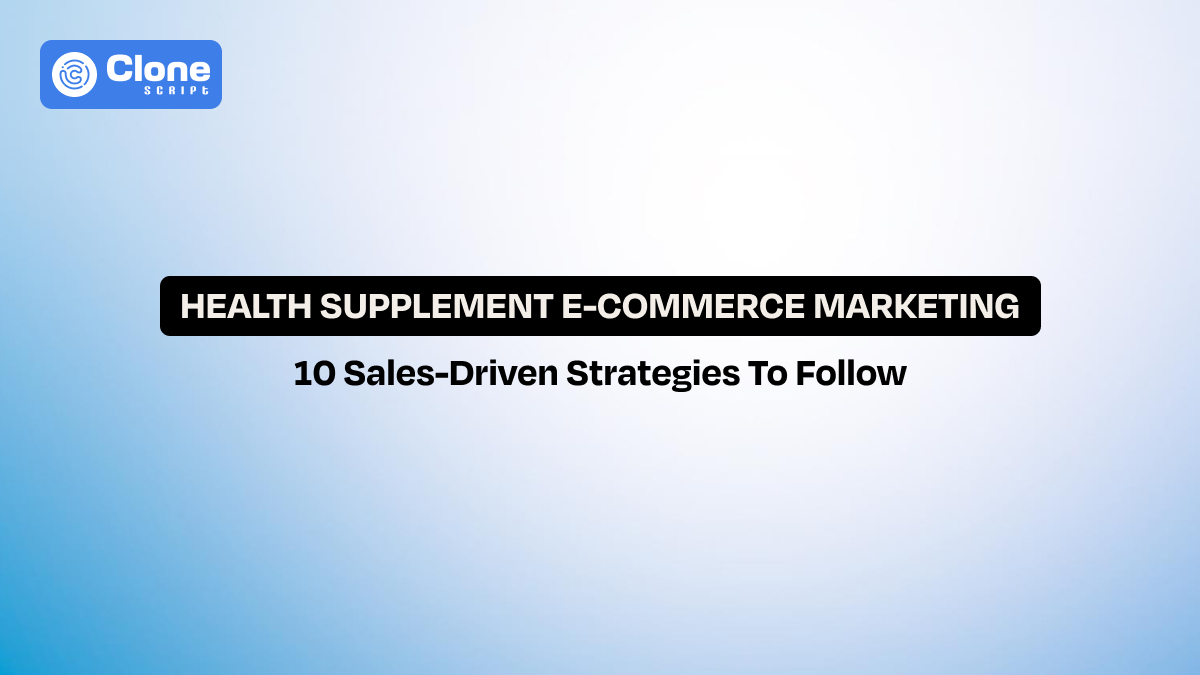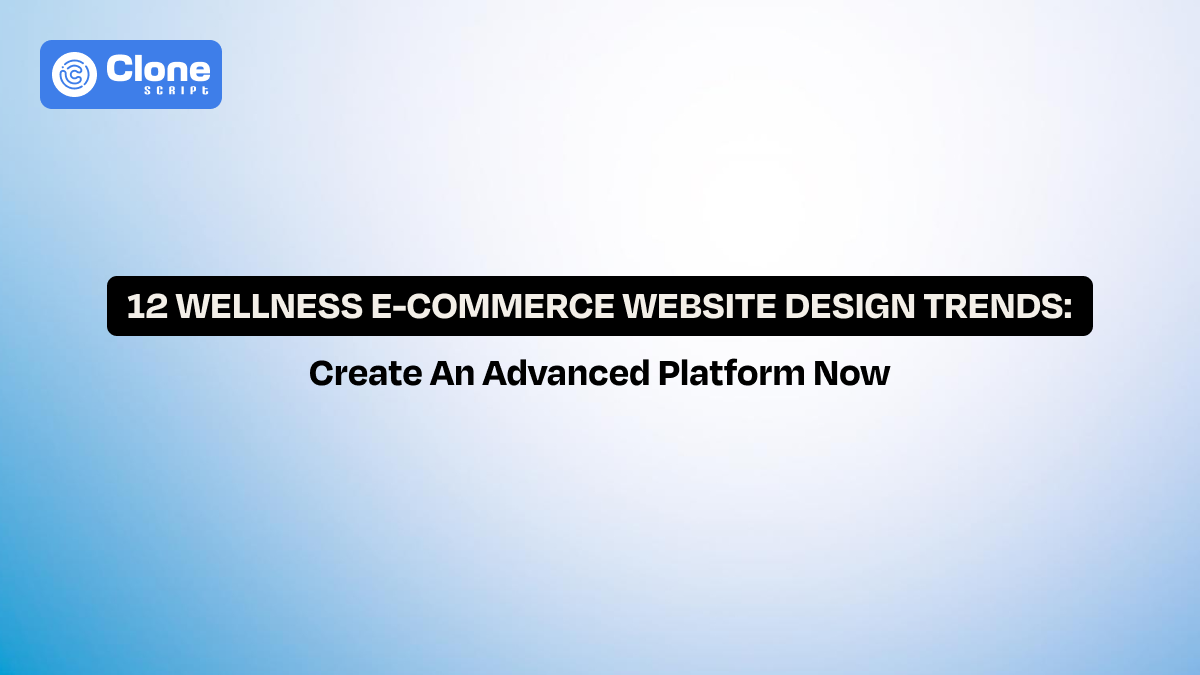8 Best Marketing Strategies to Grow Your Online Food Delivery App
Think of brands like Swiggy, Zomato, DoorDash, or Uber Eats. They didn’t just become household names because their apps worked well. They became memorable because of their marketing strategies. Behind every food delivery giant lies a carefully designed approach to connect with hungry users, build trust with restaurants, and stay top-of-mind in an incredibly competitive industry.
Now, here’s the reality: developing a food delivery app (whether from scratch or using a Flutter app template) is only half the journey. The other half, the one that determines success or failure, is how you promote your online food delivery app.
If you’re a developer or startup founder, you’ve likely asked yourself:
-
What are the best marketing strategies for food delivery apps?
-
How do I stand out in a crowded market?
-
How do I grow my food delivery app without burning through my budget?
This guide walks you through authentic, proven digital marketing strategies for food delivery apps. Whether you’re polishing your first launch or scaling an existing platform, these insights will help you sustainably grow your online meal delivery platform.
Strategy 1. Build a Strong Brand Identity
Nowadays, a person ordering food online from the app first sees how many people recommend it and what type of features are useful for them. At the opposite side, a restaurants listing their food items also check how they can use the platform’s reputation to grow their business.
With a strong brand presence of a food delivery mobile app, you can accomplish both the customers' and clients’ goals.
If your Android and iOS app looks generic, feels untrustworthy, or doesn’t communicate its value, no marketing technique will fix that.
Here are some common elements to consider for a better brand name recognition:
-
Visual Branding:
Make sure your logo, app colors, and typography are consistent and resonate with food culture. For instance, Swiggy’s orange communicates warmth and appetite.
-
Unique Value Proposition (UVP):
Highlight the things and features that set your app apart from other well-established apps. Are you offering faster delivery? Lower prices? Exclusive restaurants? Mention that.
-
User Experience:
The app should feel smooth. Long sign-ups or buggy experiences ruin trust instantly. Even if you spend thousands on digital advertising for new sign-ups, you will not get the expected ROI as the mobile app UI/UX design is not proper.
-
Tone of Voice:
Keep maintaining the tone across the platform, whether it’s witty, professional, or community-driven. This consistency builds recognition in the market.
Strong branding makes all other food delivery app marketing strategies more effective.
Strategy 2. App Store Optimization (ASO)
Your app store listing is your digital storefront. If users can’t find your app in the App Store or Google Play, you’re invisible.
-
Keyword Optimization:
Start with in-depth keyword research by understanding user intent. Use keywords like “food delivery app”, “local restaurant delivery”, or your niche (e.g., “vegan food delivery”).
-
Engaging Description:
Don’t just explain food delivery mobile app features. Write a useful description that helps users find the relevant solution to ordering food online. Highlight benefits like “Skip the wait. Get your favorite meals in 20 minutes.”
-
High-Quality Screenshots & Video:
Both users and restaurants use your app once they see how the product works. By showing important screenshots and videos of listing the food items through the mobile device, it becomes the best part of your app experience.
-
Ratings & Reviews:
Before downloading a new food delivery application, users first check the previous users' feedback by reading the reviews. Encourage early users to leave reviews. A 4.5+ rating increases download trust.
App Store Optimization isn’t just about downloads. It’s about growing your food delivery app organically without spending.
Strategy 3. Implement Referral & Loyalty Programs
One of the smartest food app marketing strategies is to turn your customers into your marketers. Instead of relying only on ads, you can increase trust through personal recommendations.
-
Referral Programs:
Offer credits, free delivery, or discounts when users refer friends. Uber Eats’ “Give $10, Get $10” is a perfect example, and it motivated existing users to share and gave new ones a strong reason to sign up. To boost participation, keep rewards simple and instant. You could even experiment with tiered rewards, such as “Refer 2 friends, get free delivery for a week.”
-
Loyalty Rewards:
Repeat orders are the key to any food delivery app. Rewarding customers for consistent usage builds a habit. For instance, “Order 5 times and unlock a free meal” not only increases frequency but also strengthens emotional connection with your brand.
-
Gamification:
Make loyalty fun with streaks, challenges, or badges. Simple nudges like “You’re just 1 order away from unlocking a free dessert” create excitement and a sense of achievement to encourage continued use.
The beauty of these strategies is that they create a growth loop. Together, they reduce churn, drive organic installs, and fuel sustainable app growth. This makes it one of the best marketing strategies for online meal delivery apps.
Strategy 4. Tap into Social Media & Influencer Marketing
Food and social media are inseparable. People love sharing what they eat, which makes platforms like Instagram, TikTok, and YouTube powerful channels for delivery app marketing. Many users discover new restaurants and offers on social before they even open an Android or iOS app.
-
Instagram & TikTok Content:
Share drool-worthy photos, “behind-the-scenes” delivery clips, or quick recipe hacks. Platforms reward short, visual-first content, and trends like Reels or TikTok challenges can quickly boost visibility. A well-edited 20-second unboxing video of a hot meal can generate stronger interest than static ads.
-
Influencer Collaborations:
Work with local food bloggers, YouTube reviewers, or even nano-influencers (with 1K–10K followers) who have authentic community trust. These smaller creators drive higher conversions than celebrity influencers because they feel more relatable and approachable.
-
User-Generated Content (UGC):
Encourage customers to post photos of their meals with branded hashtags, and reward them with shoutouts or small discounts. Featuring UGC not only provides free content but also builds social proof to show potential users that real people enjoy your app.
-
Seasonal Campaigns:
Tie promotions to festivals, sports events, or local cultural celebrations where food delivery demand peaks. For example, during Diwali, you could promote “Family Feast Combos”, or during cricket matches, run polls on Instagram Stories like “Which snack for today’s game?”
-
Engagement & Storytelling:
Go beyond posting offers. Share stories of delivery partners, highlight local restaurants, and respond to comments actively. These efforts make your brand feel like part of the community instead of just another service.
When done right, social media marketing becomes more than a tool. It becomes your brand’s voice. By focusing on engagement and storytelling rather than only discounts, your food delivery app stays relatable, memorable, and trustworthy.
Strategy 5. Use Paid Advertising & Local SEO
When you’re new, ads can give you a visibility boost. But pairing them with local SEO offers long-term discovery.
-
Google & Meta Ads:
Through paid social media ads, run campaigns targeting users actively searching “food delivery near me” or those browsing local restaurant pages. These are high-intent users, already looking to order, which makes conversions much easier compared to broad awareness ads.
-
Geotargeting:
Showing ads in non-serviceable locations is wasted spend and can frustrate users. With tools like Google Ads location targeting, you can zero in on specific pin codes or neighborhoods.
-
Retargeting:
Many people download a food delivery app but hesitate to place their first order. Retargeting campaigns remind them with personalized offers, for example, “Your first order comes with free delivery, claim now.”
-
Local SEO:
Make sure your brand appears on Google Maps and local directories. Optimize your site for searches like “best pizza delivery in [city].” Optimize it for local SEO through the best practices.
-
Review Management:
Positive reviews influence both search rankings and user trust. Prompt happy customers to leave Google reviews, and respond politely to negative ones. Even addressing a complaint shows professionalism and builds credibility.
This mix makes you stay visible in high-intent searches while also expanding awareness through paid campaigns.
Strategy 6. Content Marketing & SEO
If you want long-term, cost-efficient growth, content marketing is your best friend. While ads bring short-term visibility, content builds authority, trust, and organic reach that compounds over time. For food delivery apps, it also connects your brand with the broader food culture your audience already loves.
-
Blogs & Guides:
Write helpful blog content like “Top Late-Night Food Delivery Options in [City]” or “How to Save Money on Food Apps.” Publish it on the possible channels. These rank on search engines and attract organic traffic, while also addressing user pain points.
-
Local SEO Content Hubs:
Design a landing page according to different cities to showcase your app’s offerings in every local market. For example: “Food delivery app in Bangalore: 20 best restaurants on our platform.”
-
Video Content:
Video is highly shareable, and it allows you to humanize your brand. Short recipe videos, delivery partner stories, or customer testimonials on YouTube or Instagram Reels boost brand credibility.
-
Long-Tail SEO:
Focus on niche, intent-driven keywords people search, like “affordable healthy meal delivery in Pune” or “fast breakfast delivery near me.” These may have lower search volumes but convert better because the intent is stronger.
-
Evergreen & Trend-Driven Mix:
Balance evergreen content (like guides to ordering healthy food) with trend-driven posts (like IPL snacks or festive thalis). This combination gives you steady traffic while capitalizing on spikes during events.
This not only drives installs but also positions your app as part of food culture, not just another delivery service.
7. Email & Push Notification Campaigns
App downloads don’t equal success. But retention does. Retention is where email and push campaigns prove their value. They keep users engaged, remind them of your app’s relevance, and drive repeat orders without the cost of running new ads.
-
Personalization:
Avoid blasting the same “Order now” message to everyone. Instead, tailor notifications to user behavior: “Your favorite biryani spot has 20% off tonight” or “Craving pizza again? We’ve got a new deal waiting.” Personalized messages show that your app “knows” the customer, which increases conversion rates significantly.
-
Segmentation:
Group users by cuisine preferences, frequency of orders, or even time of activity. Sending vegetarian discounts to a veg-only audience, or midnight snack offers to late-night users. This prevents spam fatigue and makes campaigns feel more relevant.
-
Timing:
Push notifications work best when they align with meal times (like 12–2 pm or 7–9 pm). Some apps even use geolocation, for instance, sending an offer when a user is near a partner restaurant. Timing can easily double conversion chances if done thoughtfully.
-
Email Marketing:
Go beyond transactional emails. Send weekly newsletters that highlight food deals, showcase newly added restaurants, or share seasonal menus. For example: “This weekend only. Monsoon specials you can’t miss!” A well-designed email keeps your app top-of-mind, even when users aren’t actively browsing food apps.
-
Re-Engagement Campaigns:
For dormant users, special push offers like “We can’t forget you! Get 30% off your next order” can reignite activity. Pair these with gentle reminders about what they used to order most again and again.
-
Testing & Optimization:
Experiment with subject lines, notification tones (casual vs. urgent), and visuals. A/B testing helps refine what resonates with your audience. For instance, emojis in push notifications sometimes boost open rates, but they can also backfire if overused.
Done right, these channels turn existing users into long-term loyal customers, reducing your expensive ad spend. The key is consistency without annoyance, staying helpful, timely, and personalized.
Strategy 8. Strategic Partnerships & Offline Promotions
Some of the best food delivery app marketing strategies happen offline, where users can touch, see, and interact with your brand in their daily lives. Offline efforts also build local credibility, a huge factor in markets where word of mouth and community trust drive decisions.
-
Restaurant Partnerships:
Go beyond simple listings. Offer co-branded promotions where restaurants promote your app in-store with table tents, posters, or digital displays, while you give them extra visibility in-app. For smaller eateries, highlight them as “local heroes” or run “exclusive on our app” deals that make customers feel they’re getting something unique.
-
Corporate Tie-Ups:
Partner with workplaces, coworking spaces, or IT companies to provide office lunch subscriptions or special discounts for employees. This creates bulk, recurring orders during peak hours, and also positions your app as a solution for both convenience and productivity.
-
Event Sponsorships:
Local events, college fests, music gigs, or marathons frequently attract hungry crowds. Sponsoring food stalls, setting up branded kiosks, or offering app-exclusive discounts during these events increases visibility. More importantly, it creates positive associations with fun and community experiences.
-
QR Code Promotions:
This is simple but effective. Place scannable QR codes on takeaway bags, food packaging, posters, or even metro stations and gyms. When scanned, these can lead directly to app installs or unlock a first-order discount. The fewer steps between discovery and install, the better.
-
Cross-Promotions with Local Businesses:
Collaborate with gyms (healthy meal plans), cinemas (movie-night snack combos), or even delivery startups (grocery + food combos). Such tie-ups open new customer bases and integrate your app into multiple aspects of daily life.
-
Community Giveaways & CSR Initiatives:
Partner with NGOs or local drives, e.g., donate meals for every order during festivals. These not only strengthen brand image but also encourage people to choose your app for its social impact.
These strategies are not just bringing the revenue to your app but are a differentiator in the market, and people can see it by using it.
Conclusion
Building a food delivery app is one thing. Growing it is another story entirely. From ASO and referrals to influencers, local SEO, and partnerships, the best-performing apps don’t just launch. They market smartly and consistently.
The good news? You don’t need Uber Eats’ budget. With creativity, authenticity, and developer-friendly execution (like using a Flutter food delivery app template for faster launches), you can carve your niche in this competitive market.
Marketing isn’t a one-time campaign; it’s a continuous process of listening, adapting, and engaging. Do it right, and your app won’t just get downloads; it’ll earn loyalty.
FAQs
-
What are the best marketing strategies for food delivery apps?
The most effective ones include sharing Instagram Reels and TikTok videos on social media platforms where most of the foodies find the best meals to try. Additionally, ASO optimization, referral programs, influencer partnerships, paid advertising with local SEO, content marketing, email/push notifications, and offline partnerships work too.
-
How can I grow my food delivery app on a limited budget?
Implement organic strategies like referrals, user-generated content, and local SEO with proven methods to get results. Social media storytelling and well-timed push notifications also drive retention without heavy spend.
-
How do I promote an online food delivery app in local markets?
Use hyperlocal SEO (e.g., “food delivery in [city]”), geotargeted ads, and partnerships with local restaurants. Offline tactics like flyers and QR codes in restaurants also work well to capture the regional market.
-
What role does content marketing play in food app promotion?
Content marketing builds authority, engagement, and trust. Blogs, recipe videos, and local guides improve search visibility and position your app as part of the food ecosystem, not just a delivery platform.
-
Can I use a Flutter food delivery app template and still market it successfully?
Yes. A Flutter template speeds up launch and offers cross-platform performance, and saves thousands of dollars for frontend app development. Your real differentiator comes from branding, user experience, and marketing execution, which determine long-term success.
 BTC - Bitcoin
BTC - Bitcoin
 USDTERC20 - USDT ERC20
USDTERC20 - USDT ERC20
 ETH - Ethereum
ETH - Ethereum
 BNB - Binance
BNB - Binance
 BCH - Bitcoin Cash
BCH - Bitcoin Cash
 DOGE - Dogecoin
DOGE - Dogecoin
 TRX - TRON
TRX - TRON
 USDTTRC20 - USD TRC20
USDTTRC20 - USD TRC20
 LTC - LiteCoin
LTC - LiteCoin

